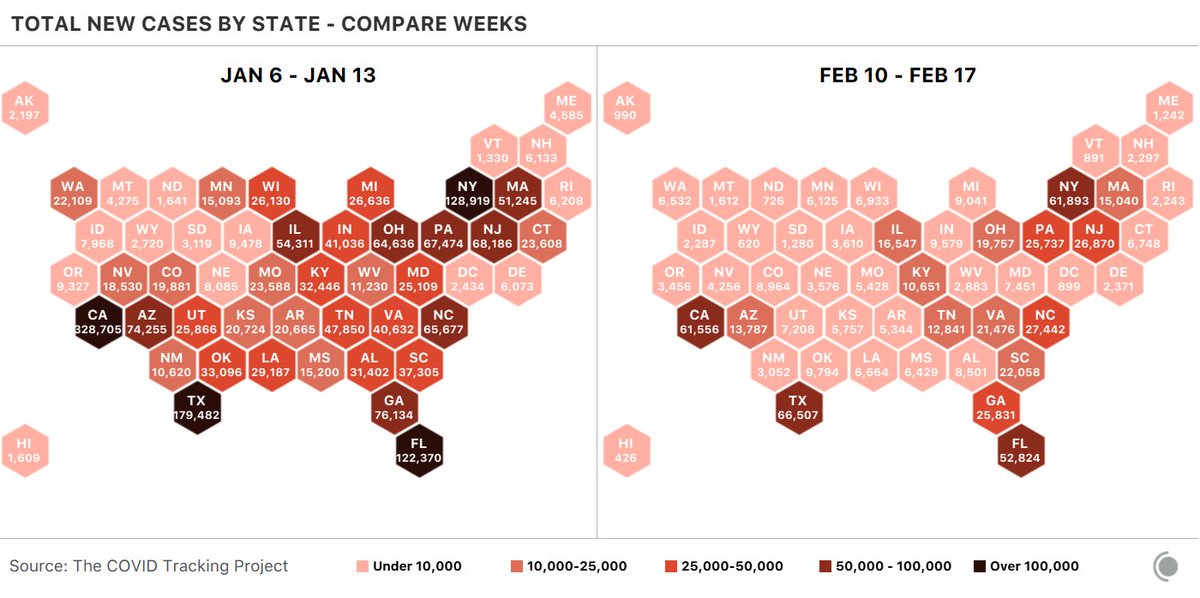
Our daily update is published. States reported 1.1 million tests, 56k cases, 64,533 people currently hospitalized with COVID-19, and 1,353 deaths. 

• • •
Missing some Tweet in this thread? You can try to
force a refresh
















